With so many Spanish-speaking countries in the world, learning Spanish means you're learning the second most common language in the world by native speakers.
Spanish is the official language in 20 countries with over 480 million native Spanish speakers, not to mention countless Spanish language learners all over the world.
- So how did Spanish get to be so common?
- And what differences are there in the Spanish of different Spanish-speaking countries around the world?
The widespread colonization of the Spanish empire in the 15th-17th centuries spread Spanish across the world. But each country Spanish-speaking country has developed its own variant of the language.
Because Spanish there are too many Spanish-speaking countries to mention in one post, I've chosen to focus on Spanish spoken in the 10 most populous ones.
You'll learn a brief history of Spanish in each country and what makes each country's language unique, starting with the largest Spanish-speaking country: Mexico! But first off, you'll discover those 20 countries where it's an official language.
Pro Tip
By the way, if you want to learn Spanish fast and have fun while doing it, my top recommendation is Spanish Uncovered which teaches you through StoryLearning®.
With Spanish Uncovered you’ll use my unique StoryLearning® method to learn Spanish naturally through story… not rules. It’s as fun as it is effective.
If you’re ready to get started, click here for a 7-day FREE trial.
If you want a deep dive into Spanish accents around the world, check out the video below. Otherwise, keep scrolling for an overview of the different varieties of Spanish around the world.
Countries Where Spanish Is The Official Language
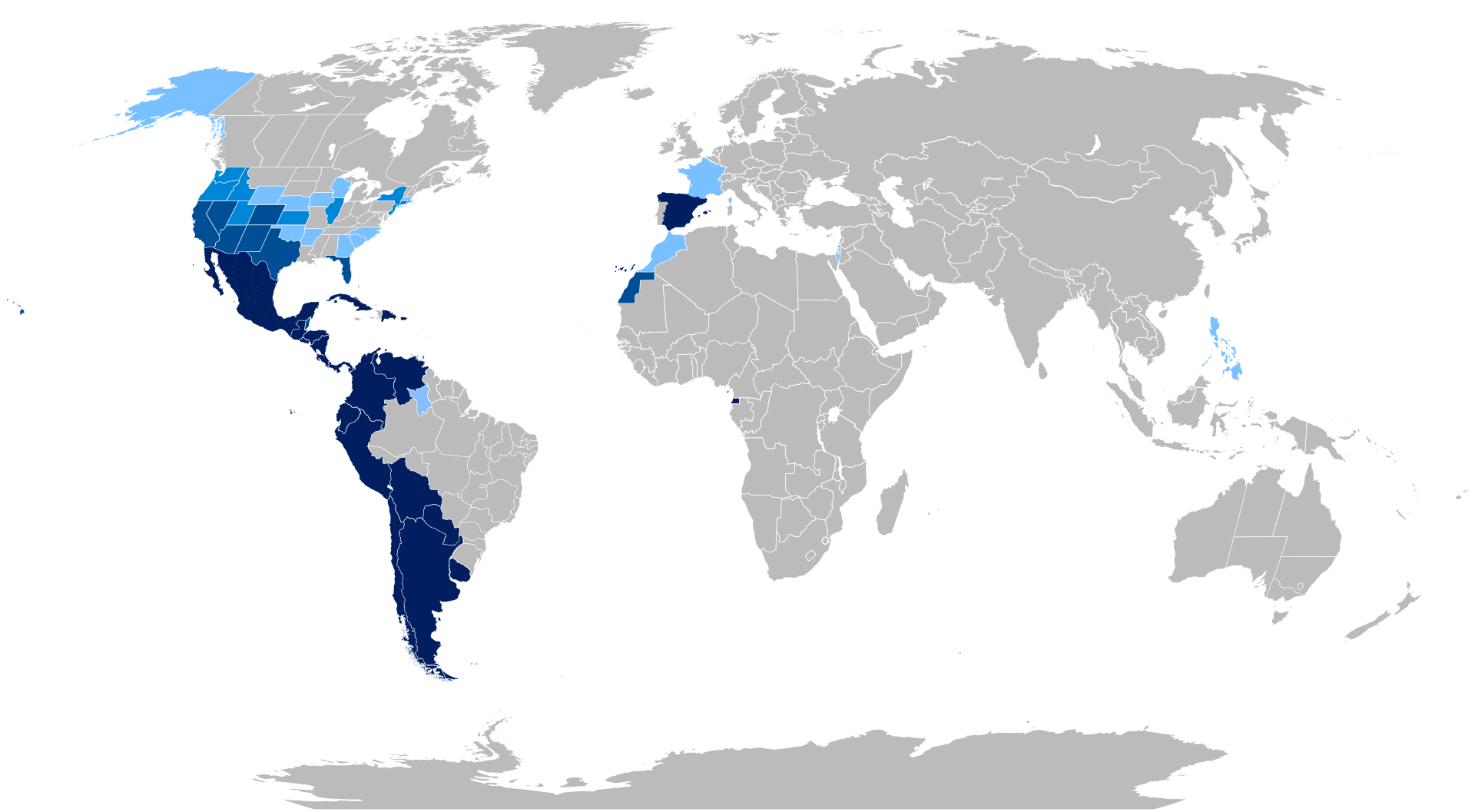
First off, Spanish is the official language (or one of the official languages) of 20 countries, most of them—but not all—in Latin America.
In alphabetical order, they are:
- Argentina
- Bolivia
- Chile
- Colombia
- Costa Rica
- Cuba
- Dominican Republic
- Ecuador
- El Salvador
- Equatorial Guinea
- Guatemala
- Honduras
- Mexico
- Nicaragua
- Panama
- Paraguay
- Spain
- Uruguay
- Venezuela
All of these countries together add up to 442 million speakers. But just because it’s an official language doesn’t mean that everyone in the country speaks it.
For instance, in Equatorial Guinea, Spanish is the native language of only 14% of the population. But it’s a second language for almost 70% of people. Most of them speak an Indigenous language as their first language.
Something similar also happens in Paraguay. Almost 40% of the population are native speakers of Guaraní, and speak Spanish only as a second language…or not at all.
Countries With A Large Spanish-Speaking Population
All the countries I’ve mentioned before have Spanish as an official language. But that doesn’t account for all Spanish speakers in the world.
In some places, due to migration, trade or conquest, Spanish became a very important language, spoken by a large part of the population.
Those are:
- Andorra
- Belize
- Gibraltar
- Philippines
- Western Sahara
- United States
So in these countries, Spanish is not an official language. But it has a very important influence. In Andorra, for instance, it's spoken by more than 40% of the population.
The case of the United States is also very interesting. The United States has more than 50 million Spanish speakers (not including Puerto Rico, where Spanish is an official language).
So that makes it the second country with the most Spanish speakers in the world, topped only by Mexico.
Different Kinds Of Spanish
Because Spanish is such a widespread language, it’s only logical that there are many varieties of Spanish.
Think of the differences between American English and British English. Or between South African English and Indian English. Something similar happens with Spanish. So different countries or regions speak Spanish in their own way.
So there are a lot of varieties of Spanish. But some dialects are more popular than others, so we’re going to focus on them.
The most spoken Spanish dialects are:
- Mexican Spanish
- Andean-Pacific Spanish
- Rioplatense Spanish
- Peninsular Spanish (or Spanish of Spain)
- Caribbean Spanish
These dialects have a lot of differences. Vocabulary is the most obvious one. But they also have different pronunciations and grammar, mostly around the second person – “you”.
The thing is, in Spanish, you can have tú or vos as a second person singular, and ustedes or vosotros as a second person plural. Let’s talk a little bit about that, along with the first variety: Mexican Spanish.
Before you continue scrolling, here's an infographic with a quick overview of the 10 most populous Spanish-speaking countries.
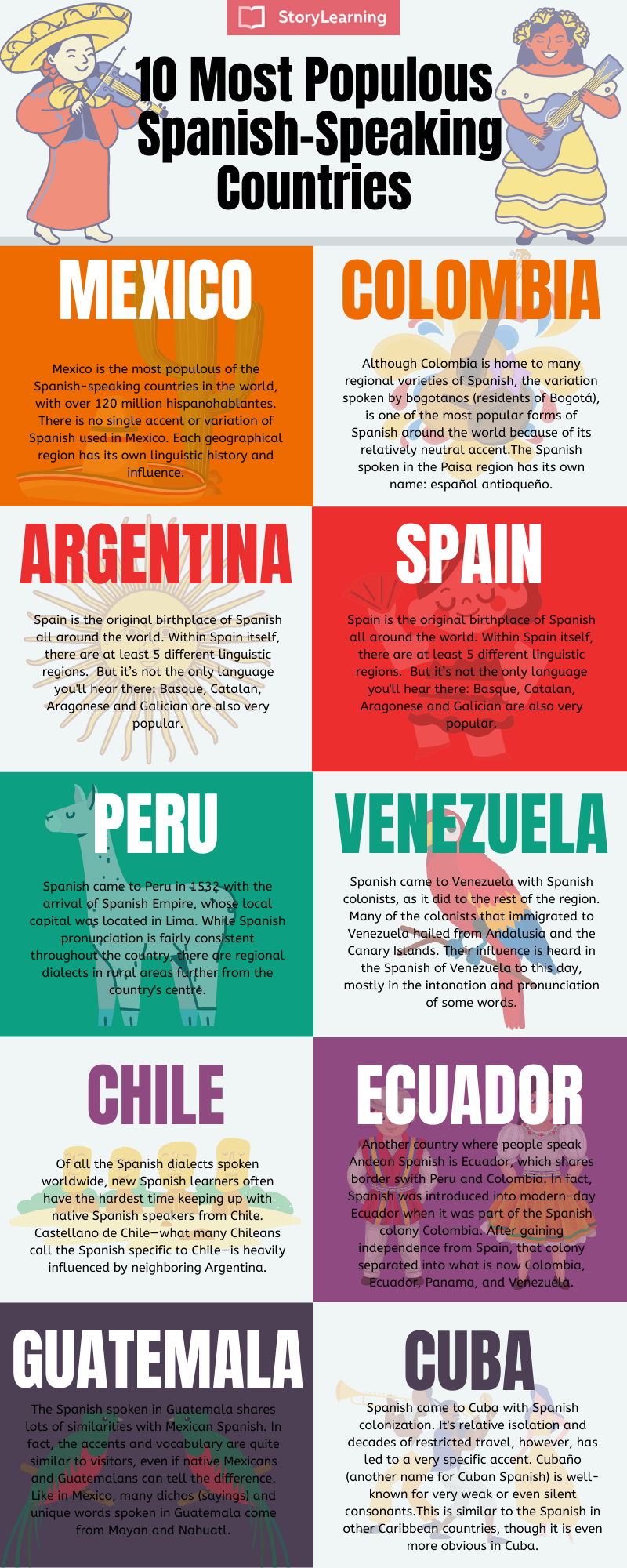
#1 Mexico

Firstly, let's take a look at Mexican Spanish. It's maybe the most common variety and is spoken mostly in Mexico and the United States. It uses the Tú-Ustedes, which means that the verb amar (to love) is conjugated like this:
| Yo | Amo |
| Tú | Amas |
| Él/ella | Ama |
| Nosotros | Amamos |
| Ustedes | Aman |
| Ellos/Ellas | Aman |
Mexico is the most populous of the Spanish-speaking countries in the world, with over 120 million hispanohablantes.
There is no single accent or variation of Spanish used in Mexico. Each geographical region has its own linguistic history and influence.
Spanish came to Mexico originally with the Spanish administrators and citizens when the country was a Spanish colony until 1821.
That said, the accent most commonly associated with Mexican Spanish hails from Mexico City. Not only is the capital the most populous city but it is also home to the country's broadcasting centre where most international media and communication originate.
Much of what makes Spanish in Mexico City and across the country unique is the influence of Nahuatl—the language spoken by Aztecs in the region before the arrival of Spanish explorers in the 1500s. Aguacate (avocado), coyote, and chocolate are Spanish (and English!) words that come from native Nahuatl and Mayan languages.
Mexico's proximity to the United States and the historical movement of people and families between the two countries has led to more words with English influence than in other parts of the Spanish-speaking world with words such as computadora (computer) and champú (shampoo).
#2 Colombia
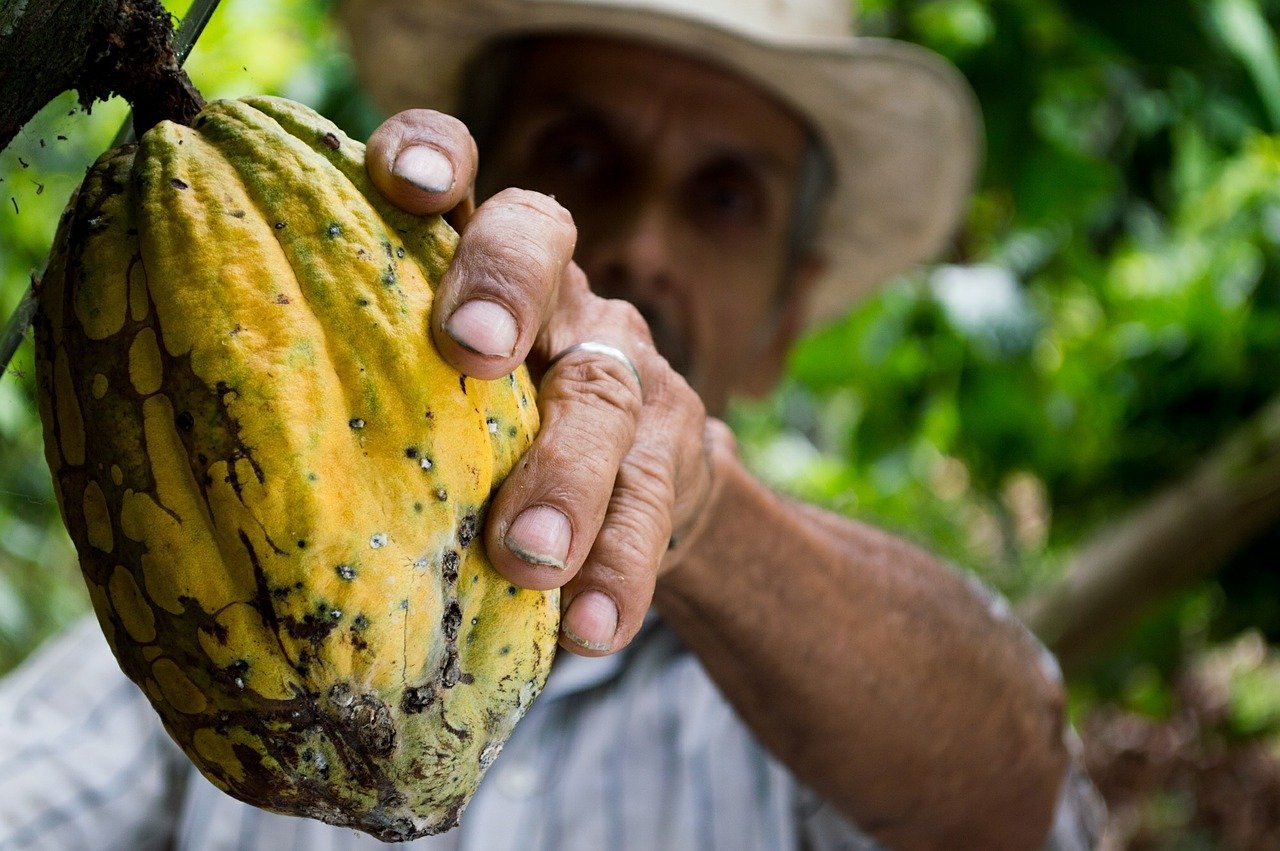
“Which Spanish accent is the best?” You will get as many answers to that question as there are people to answer it. But Colombian Spanish is sure to make the list.
Although Colombia is home to many regional varieties of Spanish, the variation spoken by bogotanos (residents of Bogotá), is one of the most popular forms of Spanish around the world because of its relatively neutral accent.
That isn't to say Colombian Spanish is all the same. Most of Colombia uses usted for the second-person informal pronoun. But you're likely to hear voseo in the northwestern part of the country known as the Paisa region. The Spanish spoken in the Paisa region is so specific that it has its own name: español antioqueño.
The rest of Colombia has an incredibly rich linguistic history as well. There are at least four different regional variants outside of the neutral Spanish of Bogotá. Check out this article on Colombian slang for more details.
#3 Spain
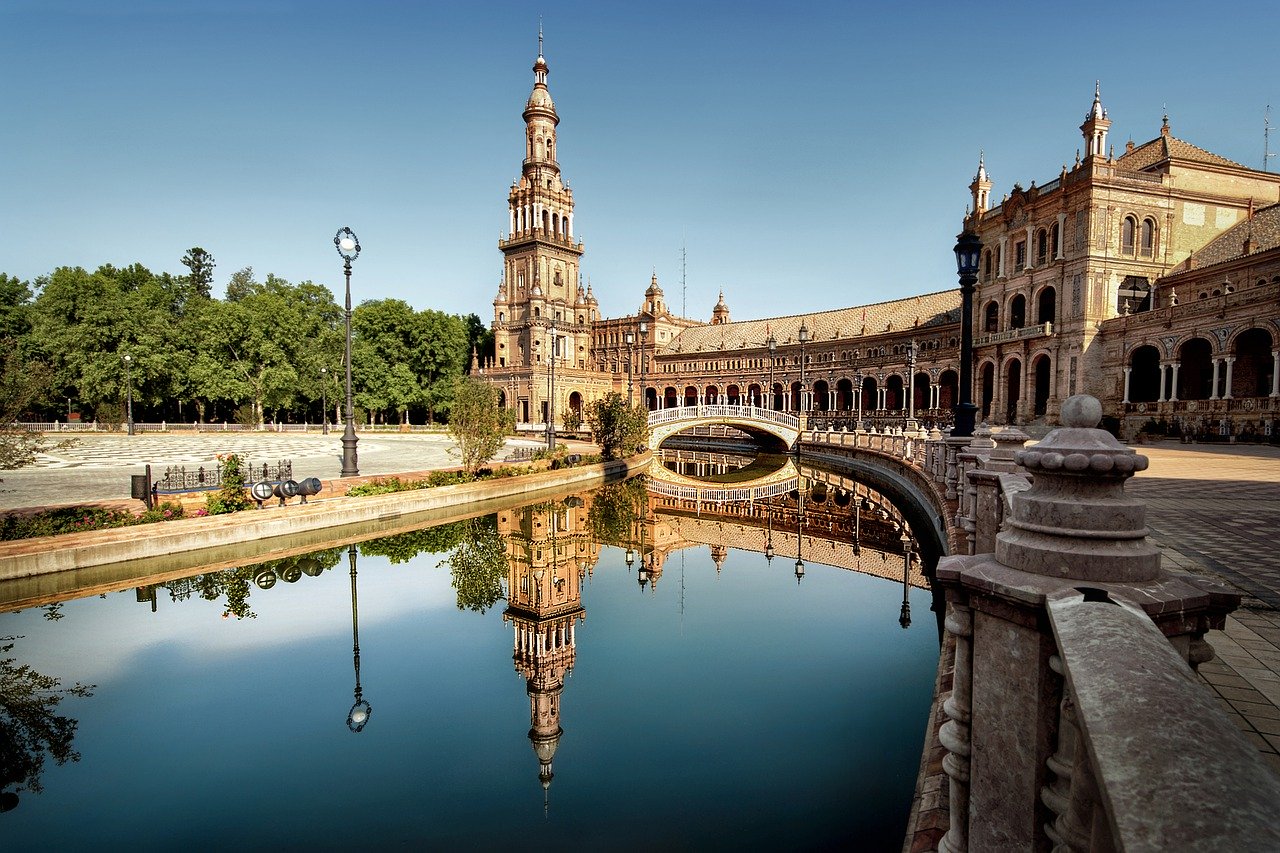
Spain is the original birthplace of Spanish all around the world. But español iberico (Spanish spoken in the Iberian peninsula) has its own dichos (sayings) and accents.
Within Spain itself, there are at least 5 different linguistic regions. In Andalusia, in the south of Spain, there's no distinction between the soft c and s as there is in the rest of Spain.
But it’s not the only language you'll hear there: Basque, Catalan, Aragonese and Galician are also very popular.
A large majority of Spanish colonists in the 16th and 17th centuries came from Andalusia. That explains why seseo is the standard in Latin America. In the rest of Spain, Spaniards use distinción to pronounce s differently from a soft c. You can read more about the difference here.
All throughout Spain, vosotros is used for second-person plural. This may be unfamiliar to you if you haven't spent time outside of Latin America. The use of the pair tú-vosotros means that amar is conjugated like this:
| Yo | amo |
| Tú | amas |
| Él/Ella | ama |
| Nosotros | amamos |
| Vosotros | amáis |
| Ellos/ellas | aman |
There are some words used in Spain that are not used as commonly in the rest of the Spanish-speaking world. Ordenador is the word for computer in Spain, for example, instead of computadora in Latin America. This is likely due to Spain's proximity to France. Check out this list of Spanish slang for more.
#4 Argentina & Uruguay

Perhaps the most distinct Spanish dialect in the world is spoken in the Rio de la Plata region of Argentina and Uruguay. The most noticeable aspect of Argentine Spanish is the way that ll is pronounced—as SH instead of Y or soft J.
In addition to pronouncing ll differently than the rest of the Spanish-speaking world, Rioplatense Spanish has its own conjugation for the singular tú (voseo) and vocabulary full of everyday words you won't hear anywhere else.
Here's how you conjugated amar (to love) using the vos-ustedes pair:
| Yo | amo |
| Vos | amás |
| Él/Ella | ama |
| Nosotros | amamos |
| Ustedes | aman |
| Él/Ella | ama |
Argentina is a country with a tradition of wordplay, especially in lyrics. Everyday conversation is full of idioms, plays on words, and phrases unknown in the rest of the Spanish-speaking world.
Many of the unique words you'll hear in Argentina have roots in Italian, possibly thanks to the large numbers of Italian immigrants that moved to Argentina in the early 1900s.
Fiaca (sluggish/lazy), for example, comes from the Italian word fiacco (the Italian word for “listless” or “weary”). And that’s why, in Rioplatense Spanish, laburo (from the Italian lavoro) means “work”. But you'll also hear trabajo.
#5 Peru

Spanish came to Peru in 1532 with the arrival of Spanish Empire, whose local capital was located in Lima. While Spanish pronunciation is fairly consistent throughout the country, there are regional dialects in rural areas further from the country's centre.
A specific dialect known as Andean Spanish is spoken in the central Andes. And is similar to the Spanish you will hear in the neighbouring countries of Ecuador and Bolivia.
In addition to Andean Spanish, as many as 25% of Peruvians speak Quechua, the language similar to what the Incas spoke prior to the arrival of the Spanish. Some Quechua words have made their way into mainstream Spanish as well, including quinoa, puma, and guano.
#6 Venezuela
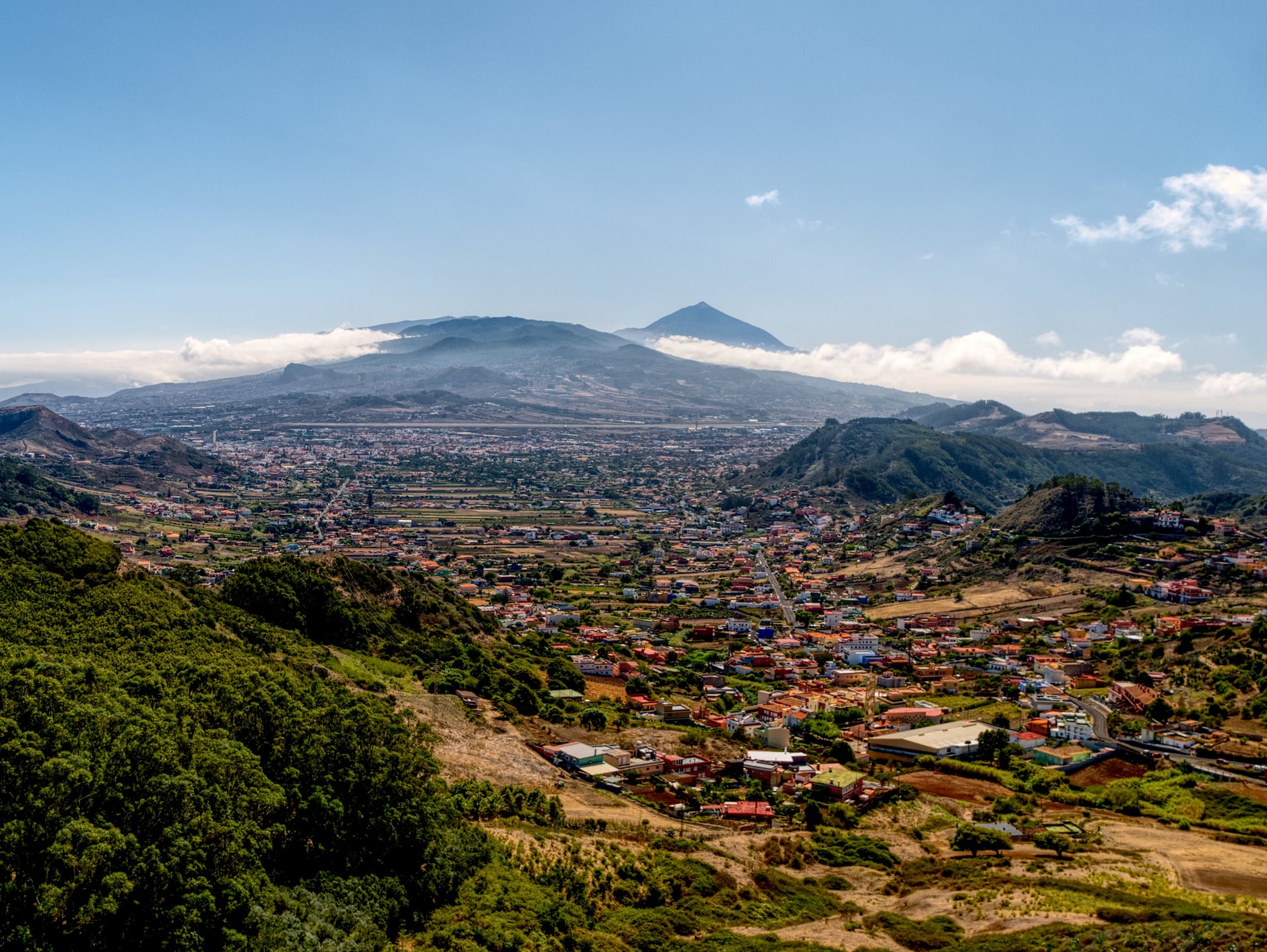
Spanish came to Venezuela with Spanish colonists, as it did to the rest of the region. Many of the colonists that immigrated to Venezuela hailed from Andalusia and the Canary Islands.
Their influence is heard in the Spanish of Venezuela to this day, mostly in the intonation and pronunciation of some words.
If you've ever wondered why it sounds like many Venezuelans drop the “s” at the end of some words completely, you have colonists from Andalusia to thank!
Other notable linguistic influences include those of Portuguese and German immigrants. And other groups of people who moved to Venezuela during and after its Spanish colonization.
In fact, the common Venezuelan expression chévere (awesome) probably comes from Yoruba, a West African language spoken by slaves brought to Venezuela by the Spanish.

#7 Chile
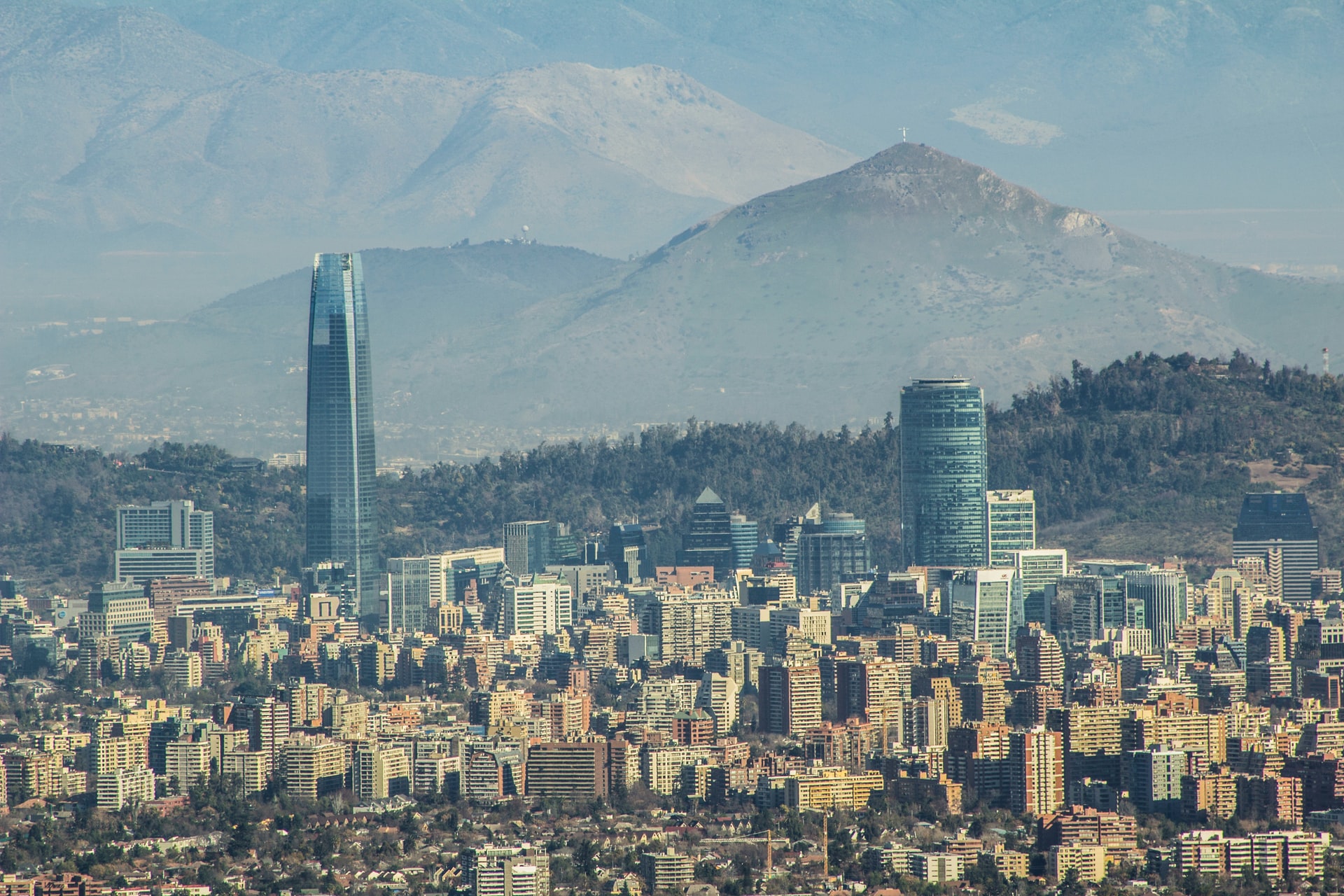
Of all the Spanish dialects spoken worldwide, new Spanish learners often have the hardest time keeping up with native Spanish speakers from Chile.
For starters, Chileans speak notoriously quickly. And they regularly aspirate the “s” at the ends of words and drop the “d” in words ending in –ado. That leaves a word like mercado (market) sounding like mercao instead.
Castellano de Chile—what many Chileans call the Spanish specific to Chile—is heavily influenced by neighboring Argentina. One of these influences is the use of voseo for the second person impersonal. Although its usage is not absolute across the entire country.
In addition to the intonation and speed of Spanish in Chile, some vocabulary specific to the country can trip you up. Words from the indigenous language, Mapudungun, include yapa (extra or free), pilucho (naked), and pololo/a (boyfriend/girlfriend) for starters.
#8 Ecuador
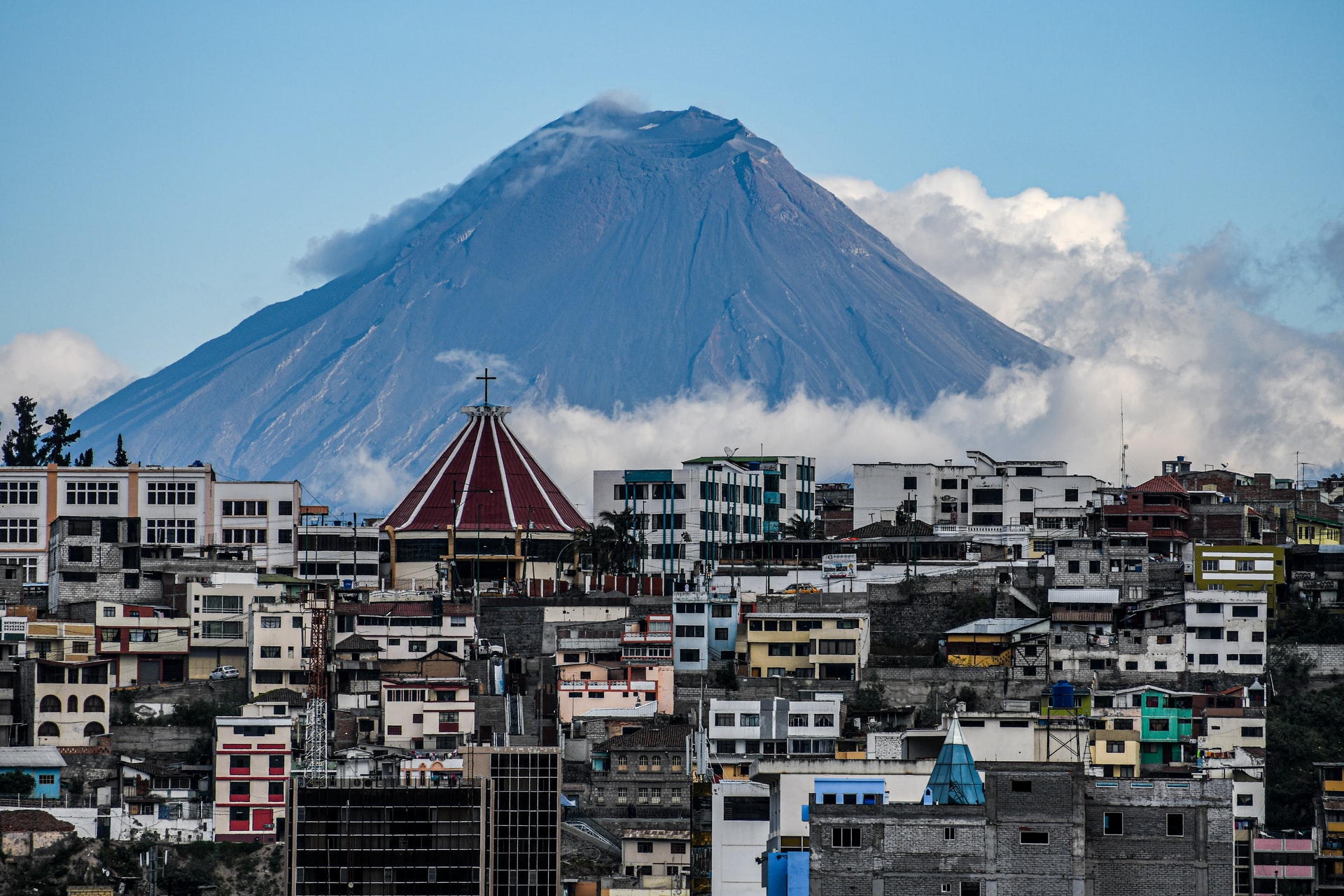
Another country where people speak Andean Spanish is Ecuador, which shares borders—and linguistic patterns—with Peru and Colombia.
In fact, Spanish was introduced into modern-day Ecuador when it was part of the Spanish colony Colombia. After gaining independence from Spain, that colony separated into what is now Colombia, Ecuador, Panama, and Venezuela.
That shared history has led to shared idioms and accents as well. Some slang examples include chévere (awesome), which is common in Venezuela; ñaño/a (brother/sister), which comes from the Quechua word for sibling; and achachay (that's cold!), an exclamation with no perfect English equivalent.
#9 Guatemala
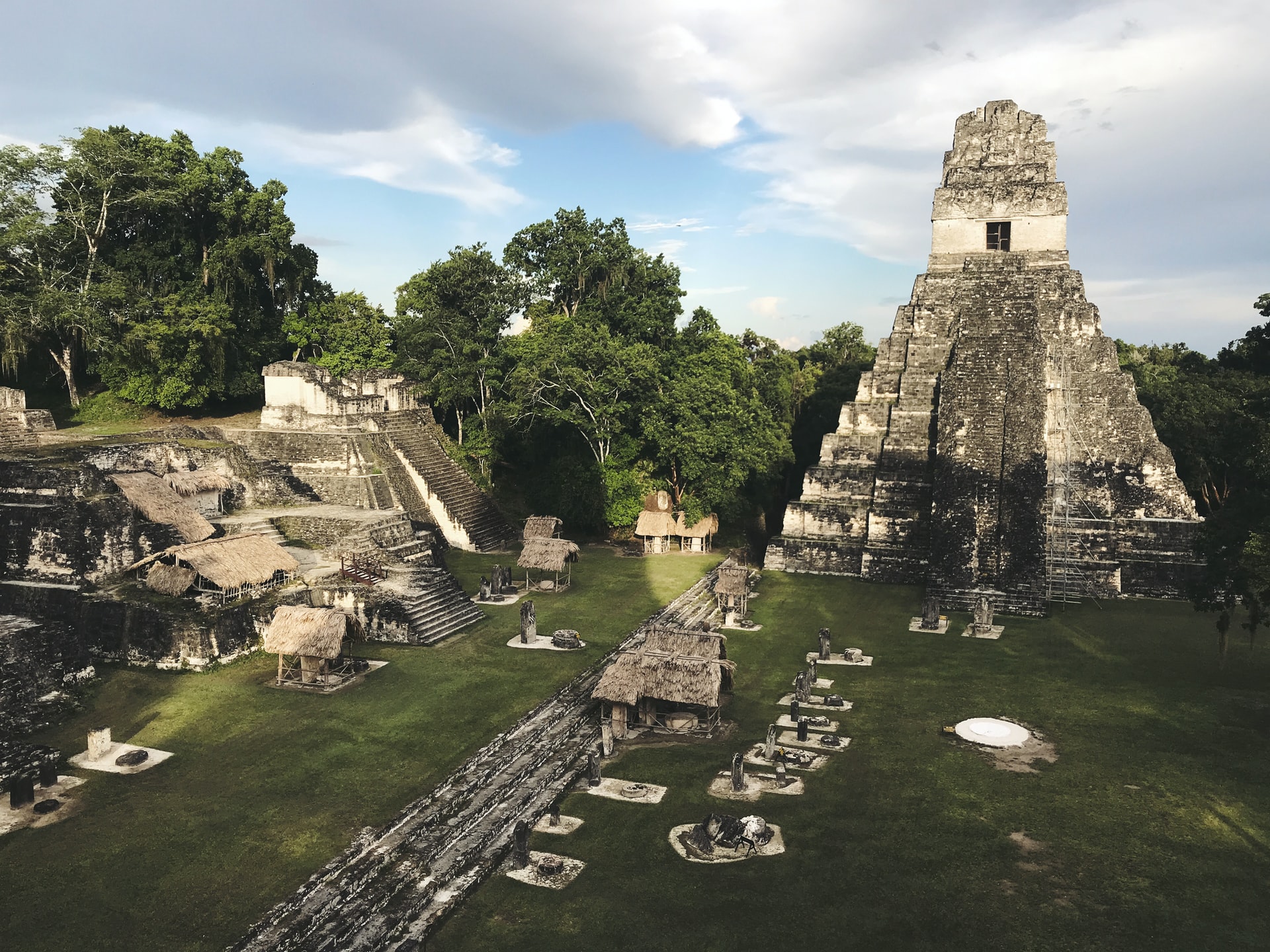
As Mexico's closest neighbour in Central America, the Spanish spoken in Guatemala shares lots of similarities with Mexican Spanish. In fact, the accents and vocabulary are quite similar to visitors, even if native Mexicans and Guatemalans can tell the difference.
Like in Mexico, many dichos (sayings) and unique words spoken in Guatemala come from Mayan and Nahuatl. These are the languages of the indigenous peoples living there before the arrival of the Spanish in the 16th century. Pisto, a colloquial term for money or cash, is one such word.
Although the country's language shares many similarities with Mexican Spanish, it is common to hear vos in parts of Guatemala in addition to tú and usted. The country's geographical position between Mexico and the rest of Central America may have something to do with the widespread (but not absolute) use of voseo.
#10 Cuba
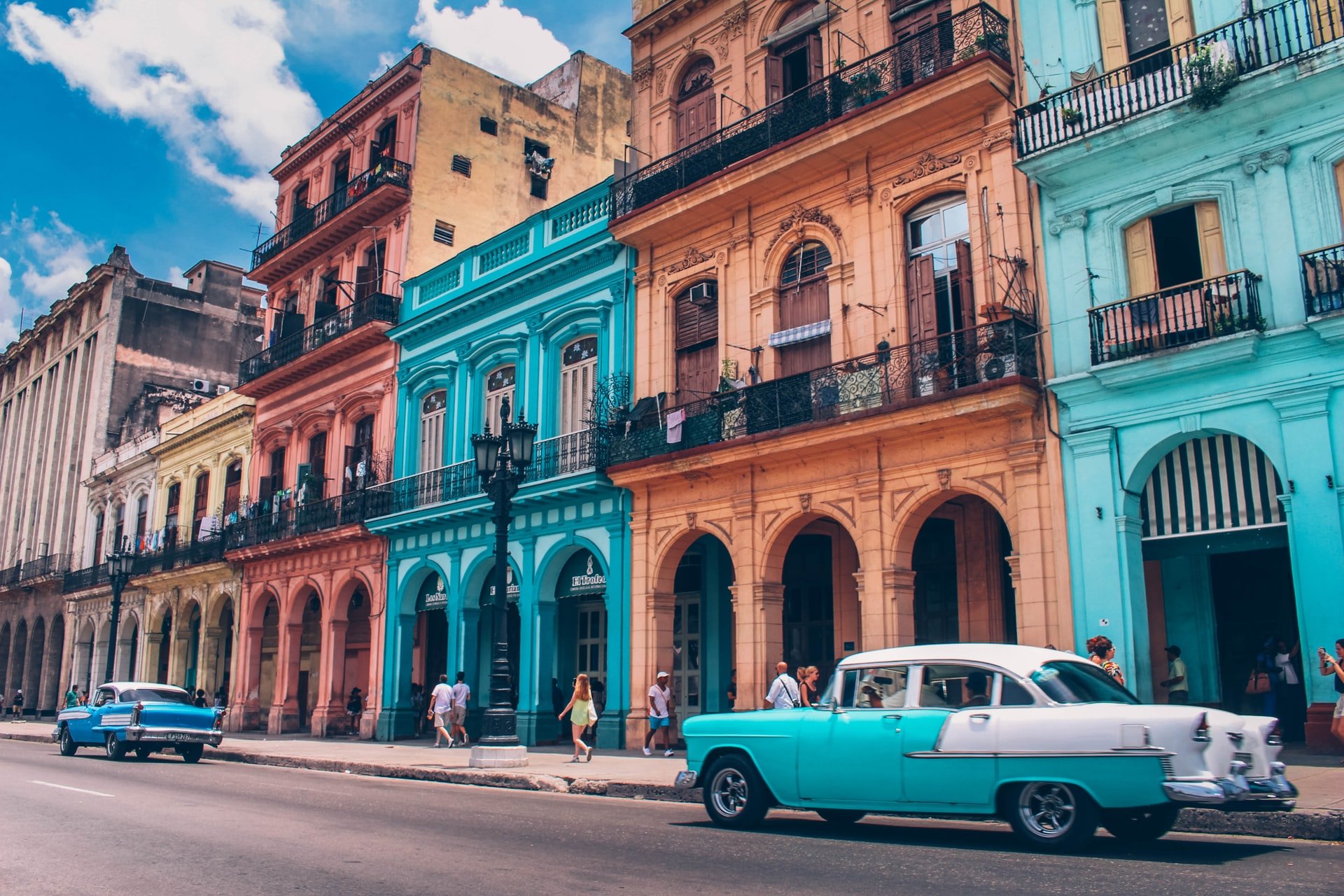
As with all but one of the countries on this list, Spanish came to Cuba with Spanish colonisation. Cuba was a Spanish colony until 1898.
It's relative isolation and decades of restricted travel, however, has led to a very specific accent. Cubaño (another name for Cuban Spanish) is well-known for very weak or even silent consonants.
This is similar to the Spanish in other Caribbean countries, though it is even more obvious in Cuba. Historically, this specific tendency originated with Spanish colonists from Andalusia and the rest of southern Spain.
Of all the regions of Cuba, the easternmost part (known as Oriente or Santiago de Cuba) has the most distinct accent and vocabulary. And comes closer to what you'll hear in the Dominican Republic.
Vosotros is more commonly used on either coast than in the middle of the country. No matter where you are, you'll quickly discover cubaño is full of colourful and unique sayings you won't hear anywhere else!
Spanish-Speaking Countries: A Rich Patchwork
Although each of these countries share a language, you can see from this list that each country has its own version of Spanish infused with local vocabulary and flair.
As a Spanish learner, you don't need to worry too much about these differences. See them instead as a way to enrich your Spanish. For instance, even if you don't have Colombian friends or plan to go there, you might want to watch Narcos on Netflix.
While immersing yourself in the series, you'll also learn some Paisa words and expressions. And you'll tune your ear to the accent of this variety of Spanish. The differences in the Spanish of these Spanish-speaking countries will add colour and variety to your learning.
In the meantime, no matter which variety of Spanish you choose to learn, the fastest and most fun way to learn it will be by applying the rules of StoryLearning®.

Olly Richards
Creator of the StoryLearning® Method
Olly Richards is a renowned polyglot and language learning expert with over 15 years of experience teaching millions through his innovative StoryLearning® method. He is the creator of StoryLearning, one of the world's largest language learning blogs with 500,000+ monthly readers.
Olly has authored 30+ language learning books and courses, including the bestselling "Short Stories" series published by Teach Yourself.
When not developing new teaching methods, Richards practices what he preaches—he speaks 8 languages fluently and continues learning new ones through his own methodology.










































